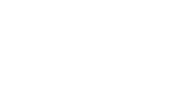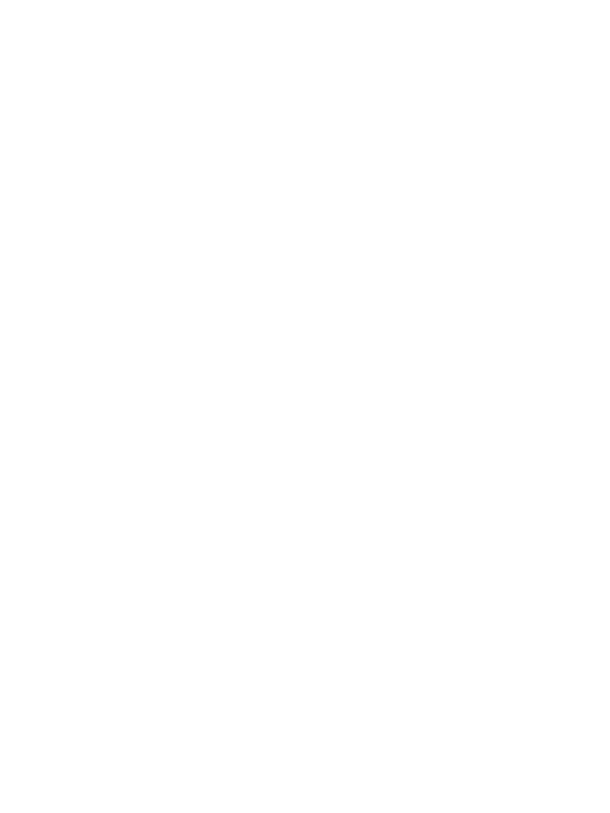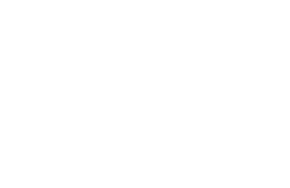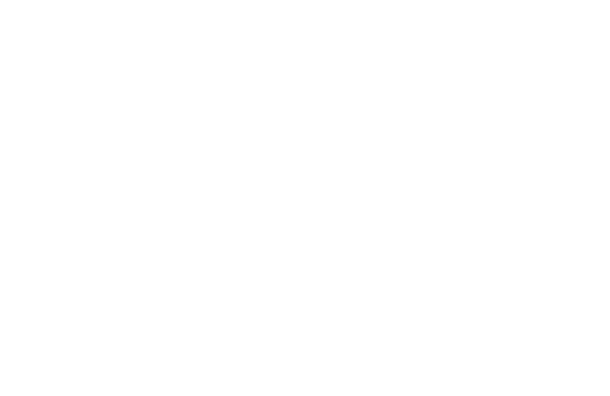 |
 |
 |

|
Mickaël Wiesengrun: Révélateur, 2014 (detail)
©Mickaël Wiesengrun
|
|
 |
RÉVÉLATEUR
uncovers the smell of the past
"Smells convey memories, moments and generally information.
Révélateur uncovers the smell of the past. Installed in the Witte Dame building, it brings out a piece of Eindhoven’s history: the smell of the 1930’s Philips light bulb industry as this building rose to house its main factory. Grease, metal, wood, sweat were some of the smells that could be experienced in the Witte Dame’s past function.
|

|
Posted 26 October 2014
|
Share this:
|
|
Chemist, nose and artist, Sissel Tolaas, has recreated some of these specific traces. Separately, these smells provide us with an understandable detailing of a general past. Breaking down the smell into three basic samples allows us to think about the structure of this bigger compound.
Connecting the odour with a context gives us the logic that we need in order to analyse, understand and ultimately trust what we feel.
Révélateur gives knowledge. It adds to our awareness of a moment by excavating information and context, deepening our present experience. It also guides us to evaluate a fragrance, peeling off the layers of its composition to an understandable level. Révélateur amplifies our conceptual and physical experience of smell."
|
|
|
|
|
|
|

Mickaël Wiesengrun: Révélateur, 2014
Photo: Lisa Klappe
|
|
|
|
“
“I collected smells instead of writing a diary.” Sissel Tolaas
”
|
|
|
|
Tolaas
For fifteen to twenty years, Tolaas has been designing scents, pursuing a forensics of identity through the language of odour. Every morning, she trains in her archive of over 6,730 molecules as one might do yoga or read the newspaper, spending several hours to educate and keep her nose limber. A youngish 46, Tolaas has a personal history as enigmatic and elusive as her career. She grew up between Iceland and Norway and was schooled in Poland, Russia and Scandinavia. Her academic pursuits included chemistry, mathematics, languages and art. She is fluent in nine languages, including Russian, Polish, English and German in addition to her native Icelandic and Norwegian.
|
|

|

|

|

Mickaël Wiesengrun: Révélateur, 2014
©Mickaël Wiesengrun
|
|
"Olfaction is our most primitive, or first, sense. It heightens our reality, informs our desires, triggers memory, constructs our environment. Contained in the limbic system and the most ancient core of the brain, smell is so powerful that one’s loss of olfaction – known as smell blindness or anosmia – can induce depression, perhaps even suicide as is thought in the case of INXS singer Michael Hutchence. Today perfume and fragrances are a five billion dollar industry. We dress ourselves in fragrance, camouflage our bodies with deodorants. At best, we buy into the aromatherapy, meditate with incense. At worst, we flee from a pungent stench. So why don’t we take smell more seriously?”
|
|
|
|
|
|
|

Mickaël Wiesengrun: Révélateur, 2014
©Mickaël Wiesengrun
|
|
|
|
|
|
|
Révélateur
Smells convey memories, moments and generally information.
Révélateur is a spatial installation which uncovers the smell of the past, enriching our present moment with contextual information. Installed in the Witte Dame building (Design Academy Eindhoven), it brings out a piece of Eindhoven's history: the smell of the 1930’s Philips light bulb factory, as this building rose to house its main factory. This information is crucial in the understanding of Eindhoven’s heritage and its people as without the blossoming Philips industry, Eindhoven would not exist.
"I find this information valuable and I see a necessity to elevate it back to a present moment. Grease, metal, wood, oil and sweat are some of the smells that could have been experienced in the Witte Dame’s past function. Chemist, nose and artist, Sissel Tolaas has recreated some of these specific traces for this installation while guiding me through the world of smells. Carefully made of borosilicate glass, Révélateur is a pipe system which produces and runs three lines of fog. The three fogs contain three smells and can be directly experienced by the viewers at the open segment of fog, running from one pipe to the other.
The impressive glass blowing work is of former Philips employee Ad Waterschoot and the younger Aad van der Weel.
In this case, the installation is standing in the Witte Dame and runs smells of sweat, metal and grease. But, when this installation will travel to a different space, with a different past, the smells will change accordingly. For example, if Révélateur moves to former stables, the output could be of hay, horses and leather. The three smells are mixed up at the end of the chain, outputting the compound smell of the past. The result is that the smell of the past is volatile in space, while its three
component smells can be experienced individually by inhaling the fogs directly. This is a way to lead the viewers into an analysis of what they smell, helping them understand and use their senses.
Separately, these smells provide us with an understandable detailing of a general past. Breaking down the smell into three basic samples allows us to think about the structure of this bigger compound. Connecting the odour with a context gives us the logic that we need, in order to
analyse, understand and ultimately trust what we feel.
Révélateur gives knowledge. It adds to our awareness of a moment by excavating information and context, deepening our present experience. It also guides us to evaluate a fragrance, peeling off the layers of its composition to an understandable level.
Révélateur amplifies our conceptual and physical experience of smell.
© 2014, Mickaël Wiesengrün
|
|
|
|
|
|
|


